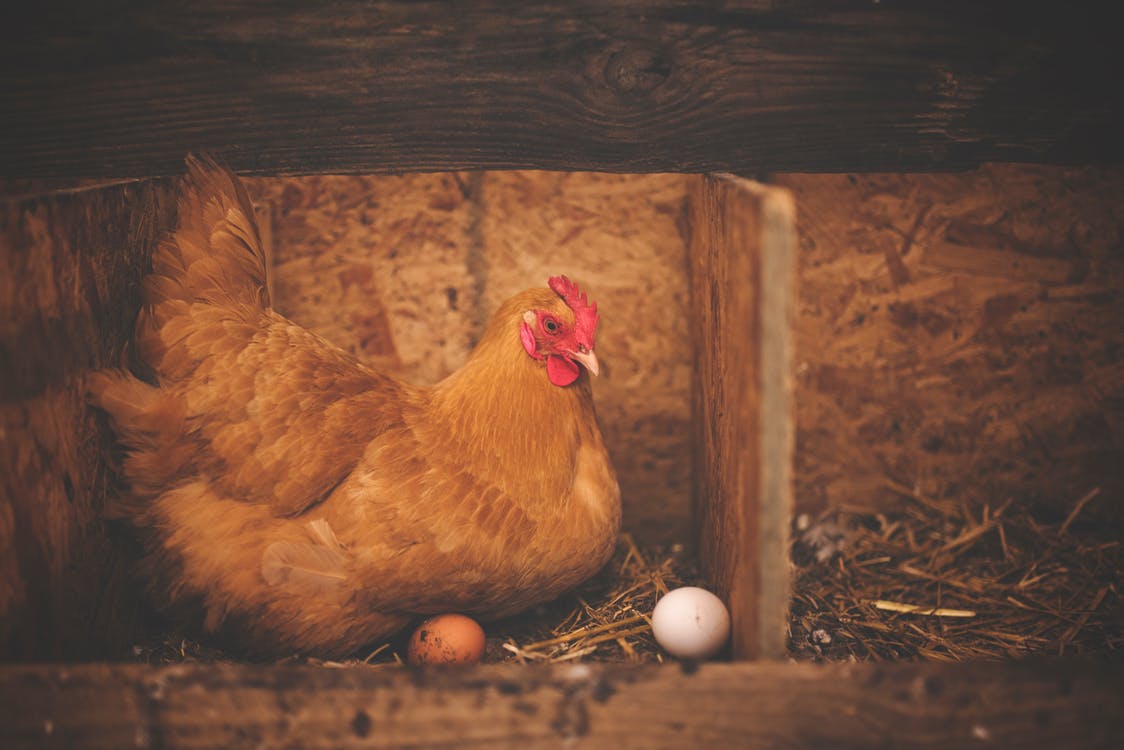Business
Cage-free eggs vs regular eggs: Which is better?
As the demand for cage-free eggs surges, more companies are shifting into breeding of cage-free chickens.

When the news broke out that Nestle is shifting its production to cage-free eggs in the next two years, the debate on which is better between cage-free eggs vs. regular eggs becomes inevitable.
What are cage-free eggs?
Cage-free eggs come from hens which are placed in a larger cage. Technically, there is still confinement but the area is so large that hens can stand, stretch and wander about on their own compared to caged confinement where mobility is limited.
Activists against animal cruelty claim that caged hens are being mistreated. In a crowded cage, hens could suffer from abrasions and loss of feathers due to constant rubbing against metal bars and other chickens. The lack of physical activity or even to stretch or flap their wings could result in the weakening of the body and immune system. Bird flu can spread quickly. The quality of eggs may also suffer because of the stress of the hens.
As more consumers become aware of animal cruelty, the demand for cage-free eggs has become higher. Also, the consumers are now demanding transparency in the food supply chain. They want to know where their food is sourced from and how it was prepared or packed. Because cage-free hens experience less stress, their eggs and meat are considerably more superior than the caged ones.
Cage-free movement
Nestle is the latest among major companies going into the cage-free movement. The Swiss company bared its plans to produce cage-free eggs in 2020 in Europe and in the U.S. and by 2025 everywhere else in the world.
Because of this change, the production of well-known Nestle products such as Gerber, Nesquik, Butterfinger, KitKat, Wonka, Hot Pockets, Lean Cuisine, Stouffer’s, Dreyer’s and Häagen-Dazs is expected to be affected. In a released statement, the largest food company in the world says this decision will impact their millions of hens positively. “Switching to cage-free supplies worldwide requires time and investment. We will manage this in a sustainable and cost-effective way during the implementation period, ensuring consumers continue to access affordable high-quality foods throughout,” it added.
Among the companies that made the shift into cage-free eggs are Kraft Heinz, Conagra and Mondelez International, Sodexo, McDonald‘s, Wal-Mart, Target, Whole Foods, 7-Eleven, Wyndham Worldwide, Aldi, Kroger, Dunkin Donuts and Denny’s.
In fact, in California, there are laws that require hens, pigs and calves to be cage-free. This means they can stretch, wander about or stand up and lie down in their quarters. The Humane League, which is composed of organizations fighting for farm animal protection welcomes the gesture from Nestle. “This is a historic moment for farm animal welfare, and we believe it marks a tipping point for monumental progress in reforming the worst practices in factory farming,” claims President David Coman-Hidy.

Cage-free eggs are allegedly healthier compared to regular eggs. (Source)
Is going cage-free better?
There are challenges in going cage-free. One, it requires space for their larger confinement. Two, cleaning manure will be a lot harder since chickens are known to drop their manure wherever. Of course, they could walk on it and it will be all over the place soon enough.
Chickens can also be temperamental sometimes. They can attack or kill one another especially the new ones to the pen. The cage can solve this problem by separating the stronger ones from the weak or new ones. The cages can also serve as protection from predators such as foxes or coyotes.
Egg collections will also become a major concern. Unlike in cages where there is a system of collection of eggs, going cage-free means chickens can lay their eggs in any spot that they like. They can be collected manually, which will add time and possibly additional cost due to the hiring of workers.
Are cage-free eggs more superior than regular ones?
According to some studies, caged hens have 25 percent higher chance of contracting salmonella than their cage-free counterparts. Moreover, when a disease breaks out, it is easier to spread in cramped confinements.
Also, it was revealed that vitamin E concentration and fatty acids are found relatively higher in pastured chickens compared to caged ones. Are they significantly better? There is no real study that cites this. However, this is a step in the right direction in terms of getting it right for the sake of animal welfare.

-

 Business4 days ago
Business4 days agoThe TopRanked.io Weekly Digest: What’s Hot in Affiliate Marketing [BullionVault Affiliates Review]
-

 Cannabis1 week ago
Cannabis1 week agoMedical Cannabis vs Street Weed: Why Therapy Makes More Sense in 2025
-

 Markets1 day ago
Markets1 day agoGold, Liquidity, and Market Complacency Heading Into 2026
-

 Impact Investing1 week ago
Impact Investing1 week agoCOP30: Fragmented Climate Politics, Multi-Speed Transition, and Emerging Investment Opportunities


























You must be logged in to post a comment Login